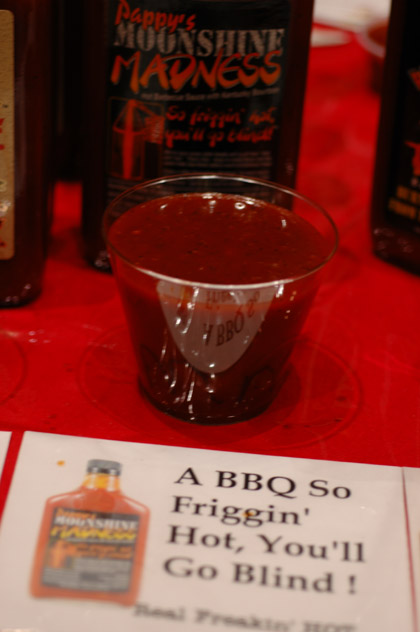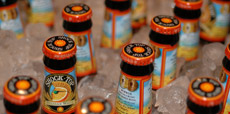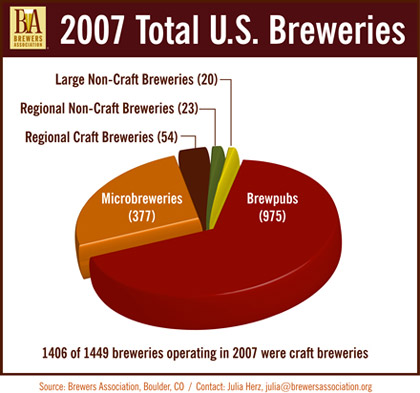The Ann Arbor News does a quick Q&A with Ron Jeffries of Jolly Pumpkin Ales: Serving humanity via better beer. Give Ron an opportunity to wax philosophic and he will.
Consider the last question: What makes a great beer?
That is a question that is impossible to answer because its entirely subjective. A really great beer is going to be different for every individual, and not only every individual, but every moment of your day and every day of your life because there are so many different flavors out there within different beers that go with so many different foods or different weather. There’s no answer to that question.
Nice answer.
Also got me wondering if flipping two words makes it a different question: What makes a beer great?
Too subtle? Perhaps. It could be the setting, a different sort of “moment” than Ron refers to, the pour, when the cask was broached, whatever.
All reasons that sometimes you drink a good-excellent-just fair beer and think “great,” and sometimes you pour a “great” beer and it isn’t.

 Yep, one of the reasons we moved to New Mexico was because we love the hot food.
Yep, one of the reasons we moved to New Mexico was because we love the hot food.